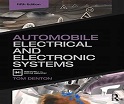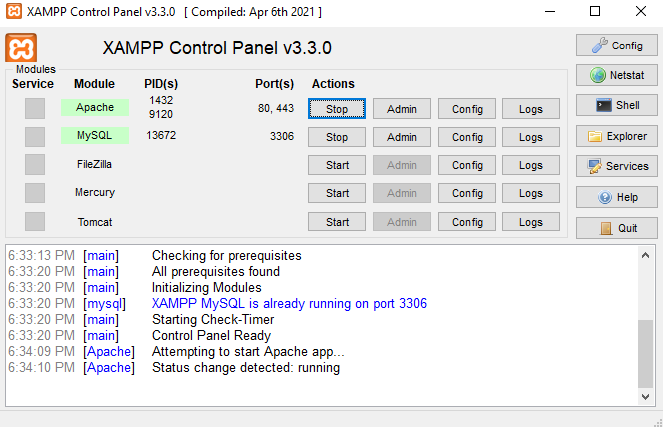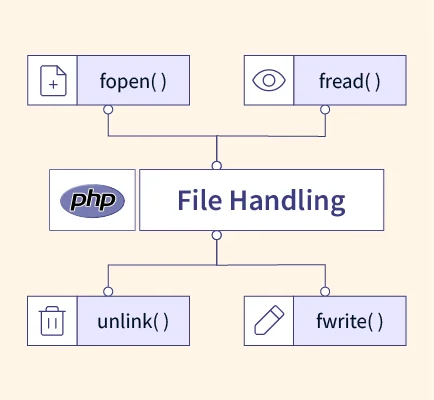
Automobile Electrical and Electronic Systems
To understand electricity properly we must start by finding out what it really is. This means we must think very small (Figure 1.1 shows a representation of an atom). The molecule is the smallest part of matter that can be recognized as that particular matter. Sub-division of the molecule results in atoms, which are the smallest part of matter. An element is a substance that comprises atoms of one kind only.
Ignition HT is the most likely place to suffer a shock, up to 40 000 volts is quite normal. Use insulated tools if it is necessary to work on HT circuits with the engine running. Note that high voltages are also present on circuits containing windings due to back emf as they are switched off, a few hundred volts is common. Mains supplied power tools and their leads should be in good condition and using an earth leakage trip is highly recommended. Only work on HEV and EVs if training in the high voltage syste
The atom consists of a central nucleus made up of protons and neutrons. Around this nucleus orbit electrons, like planets around the sun. The neutron is a very small part of the nucleus. It has equal positive and negative charges and is therefore neutral and has no polarity. The proton is another small part of the nucleus, it is positively charged. The neutron is neutral and the proton is positively charged, which means that the nucleus of the atom is positively charged. The electron is an even smaller part of the atom, and is negatively charged. It orbits the nucleus and is held in orbit by the attraction of the positively charged proton. All electrons are similar no matter what type of atom they come from






